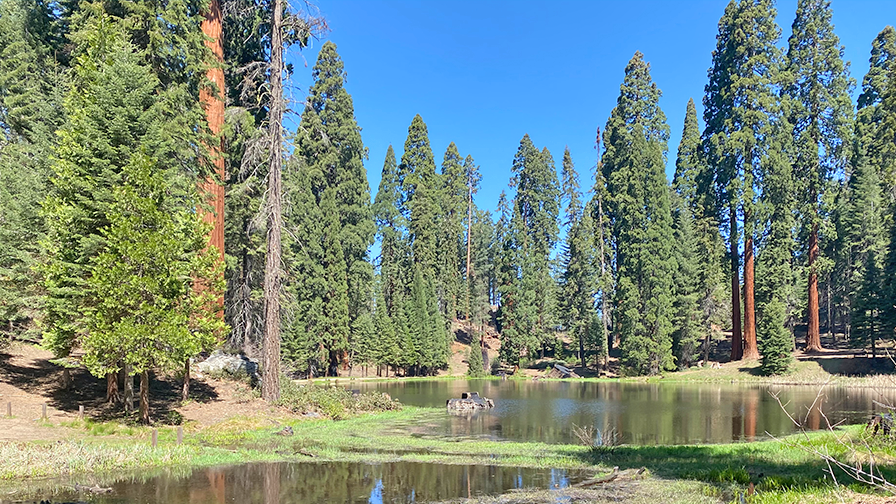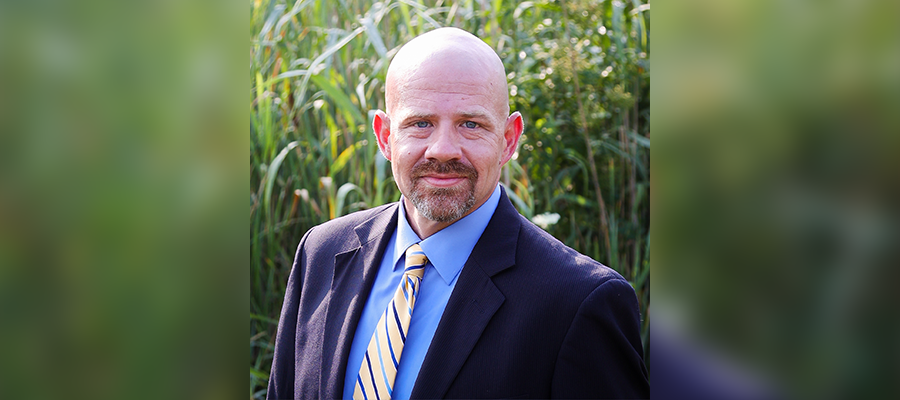- Vegetation Management Services
- In Your Neighborhood
- About
- Careers
- Webinars
- Articles
Environmental Stewardship and Traditional Ecological Knowledge

Environmental Stewardship and Traditional Ecological Knowledge
By M.K. Youngblood, safety manager and tribal liaison, ACRT Pacific
The National Oceanic and Atmospheric Administration (NOAA) defines environmental stewardship as the responsible use and protection of the natural environment through conservation and sustainable practices to enhance ecosystem resilience and human well-being in a 2010 article by F. Stuart Chapin, et al. The key word is sustainable. Most recently, this has included traditional ecological knowledge (TEK) from local tribes due to their longstanding history with the land, their land — current and ancestral. Within the Biden-Harris Administration, several indigenous people have been appointed to key environmental posts — most notably:
- Deb Haaland (Laguna Pueblo tribe), United States Secretary of the Interior
- Danna Jackson (Kootenai descendant), Senior Counselor to the Director of the Bureau of Land Management
- Heidi Todacheene (Navajo), Senior Advisor in the Office of the Secretary
- Charles F. “Chuck” Sams III (Confederated Tribes of the Umatilla Indian Reservation), Director of the National Park Service
- Arlando Teller (Navajo), Deputy Assistant Secretary of Tribal Affairs in the Department of Transportation
The list goes on from there. This increased inclusion led to a surge of TEK being integrated into previous models of environmental stewardship.
Sacred indigenous sites, such as the Bears Ears National Monument located in Southeast Utah, are now being co-managed with several local tribes (Hopi, Zuni, Navajo, and Ute) as listed in the Presidential Proclamation 10285, designating the monument. There are currently four parks within the United States National Park System that have co-management authority with tribes including Canyon de Chelly National Monument, located within the boundaries of the Navajo Nation in Arizona; Glacier Bay National Park and Preserve in Southeast Alaska; Grand Portage National Monument, located within the boundaries of the Grand Portage Indian Reservation in northern Minnesota; and Big Cypress National Preserve in Florida.
This allows for their TEK to be intertwined with the new land use planning process. Why is co-management so important? The answer is simple, tribes have been managing and sustaining their environment for thousands of years utilizing a wide variety of techniques such as using good fire, invasive species eradication, and harvesting of cultural plants noted in a 2020 article by Michelle L. Stevens.
In the Central Valley of California, the San Joaquin River Conservancy led by its executive officer John Shelton has collaborated with several native non-profits to gain a better understanding of TEK and indigenous environmental stewardship to better serve the public in its newest project, Circle V (Vinnard) public access plan. This collaboration started with the planning phase for a new building designed with indigenous elements to enhance the environmental stewardship of the land. In addition, the collaboration continues past design elements into space usage and grounds development. This total community approach will serve this property well and allow for a better understanding of the indigenous peoples who tended the land throughout the centuries into current day status. If more entities, public and private, had this mindset of environmental stewardship with TEK input the land could reach its best version for all to use. The San Joaquin River Conservancy is at the forefront of this movement and its prosperity will show as a beacon of success for the rest of the country.
This article was originally published by the Utility Arborist Newsline, March/April 2023
Related Articles

By C. Troy Ross, President, ACRT and ACRT Pacific On a chilly Monday morning, a utility vegetation management crew gathers for their weekly briefing. Instead of launching into instructions, their supervisor begins by asking each team member how they’re doing. One mentions a child’s illness, another shares excitement about a certification course they just completed,[...]
Read More
Every year on Veterans Day, we pause to honor the men and women who have worn our nation’s uniform. They come from every background and every corner of the country, united by a common purpose: to serve something greater than themselves. Their service enriches our organization, and we are grateful for the impact they continue[...]
Read More
As we celebrate Employee Ownership Month this October, we are proud to highlight colleagues who have served on the ACRT Services Board of Directors. At ACRT Services, our independence as a 100% employee-owned company empowers every employee-owner to share in our success and play a role in shaping our future. This commitment reflects our mission:[...]
Read More
As we celebrate Employee Ownership Month this October, we are proud to highlight colleagues who have served on the ACRT Services Board of Directors. At ACRT Services, our independence as a 100% employee-owned company empowers every employee-owner to share in our success and play a role in shaping our future. This commitment reflects our mission:[...]
Read MoreRecent Posts
- Servant Leadership in Utility Vegetation Management 12th Nov 2025
- ACRT Pacific Honors Our Veterans 10th Nov 2025
- Rian Owens Receives Safety Challenge Coin 05th Nov 2025